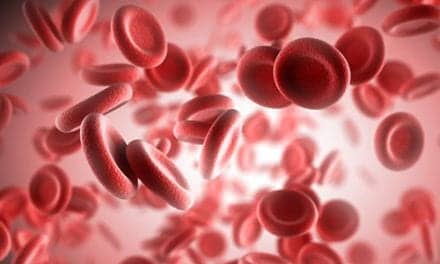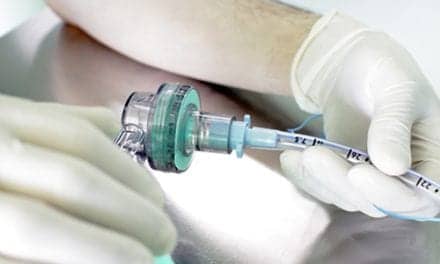
The study was conducted with two continuously operating jet nebulizers, AirLife Misty Fast by CareFusion, and NebuTech HDN by Salter Labs. Each nebulizer was evaluated in a simulation of adult tidal breathing on an ASL5000 breathing simulator by IngMar Medical.
The simulator was coupled with a mouthpiece and the following waveforms were investigated: tidal volume fixed at 500ml, I/E ratios equal to 1:1, 1:2, 1:3 and 1:4, breathing cycles/min equal to 15, 10, 7 and 6 respectively.
The emitted aerosol from the nebulizer, containing albuterol sulfate medication, was collected at the bacterial/viral filter, mimicking the entry to the oropharynx. Each nebulizer was tested with 2.5mg albuterol sulfate in a 3-mL fill. The total mass of albuterol was calculated after assaying for albuterol by a validated HPLC-based procedure.
In parallel experiments, fine droplet fraction < 4.7 micrograms were determined by laser diffractometry on the Malvern Spraytec laser diffractometer.
The study results showed that fine droplet mass values decreased with increasing I/E ratio for both nebulizer groups. The decline across the range studied taking I/E ratio equal to 1:1 as reference was -42% for the Misty Fast and -46% for the HDN nebulizer.
This study concludes that significantly less medication was delivered per treatment by both the AirLife Misty Fast and NebuTech HDN with changes to patient inspiratory / expiratory (I/E) ratio.
The increasing proportion of each cycle devoted to exhalation results in an increase of medication being wasted by these continuously operating nebulizers. Additionally, changes in a patient’s inspiratory / expiratory (I/E) ratio is a likely clinical scenario as disease state worsens or in patients with a compromised respiratory condition.
One potential solution to this clinical challenge would be the use of a breath-actuated nebulizer, such as the AeroEclipse II Breath Actuated Nebulizer (BAN).
The AeroEclipse II BAN creates aerosol in response to the patient’s inspiratory flow. This patient on-demand therapy means less medication waste, higher drug delivery efficiency and safer clinician working environments.
“The AeroEclipse II BAN consistently delivers a reliable dose of medication, regardless of patient I:E ratio,” states Dominic Coppolo, Vice President of Clinical Affairs at Monaghan Medical Corporation. “The clinician cannot control how a patient breathes during a nebulizer treatment, but more of the medication is available to the patient because of minimal loss of aerosol to the environment,” Coppolo concludes.









When using the ban continuous, what is the mg/hr when using 1cc albuterol to 1cc NSS